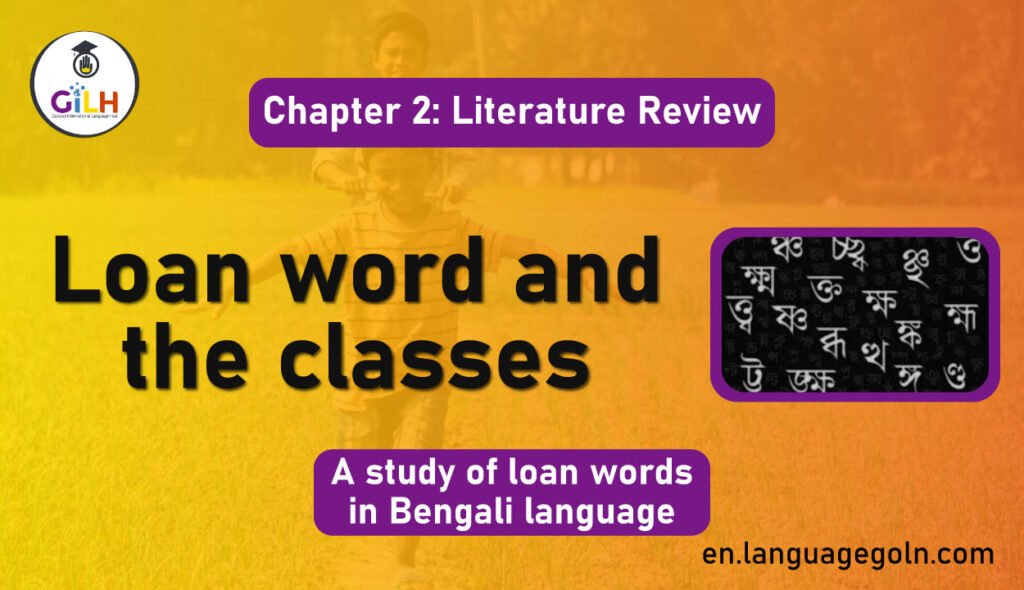Today our topic of discussion is -Loan word and the classes
Loan word and the classes
A loan word is a linguistic element borrowed from a donor language and incorporated into a recipient language without translation. It is distinguished from a calque or loan translation where a meaning from another language is translated into existing words of the host language.
Strictly speaking, the term loanword, although traditional, conflicts with the ordinary meaning of those words since something is taken from but nothing is returned to the donor language. This is one of the most common sources of new words in any language. In a nutshell, the adoption of words from other languages is called word borrowing.
‘Word is mostly borrowed among the other linguistic elements from a language to another language. Words can be borrowed from one language to another language from a nearby language or a distant language; but the other characteristics of the recipient language remain the same (Azad, 1998: 115).
Vocabulary of any language is such a stage which is highly flexible. Words can be formed because of necessity, even without any necessity. Words can be borrowed from languages and some can be given up as well at any time if necessary.
We can see that specific language-society has an impact on the recipient language. Through the cultural borrowing, foreign words enter into a specific language. There are two types of loan words in a language; one is ‘Naturalized word’ and the other is ‘Learned word’ (Azad. 1998).
Naturalized word:
Words which are adopted by the recipient language spontaneously and impossible to recognize as foreign are called naturalized words. A lot of foreign words received in recipient language in such a way that they do not seem foreign words. This kind of words is considered as naturalized words (Azad, 1998: 115).
Learned word:
Words which are borrowed purposely from other languages are called learned words. In modern time, a lot of foreign words are adopted which are usually scientific terms. These words are not generally used by ordinary people. Scientists or particular educated communities or professionals use these.
See more

